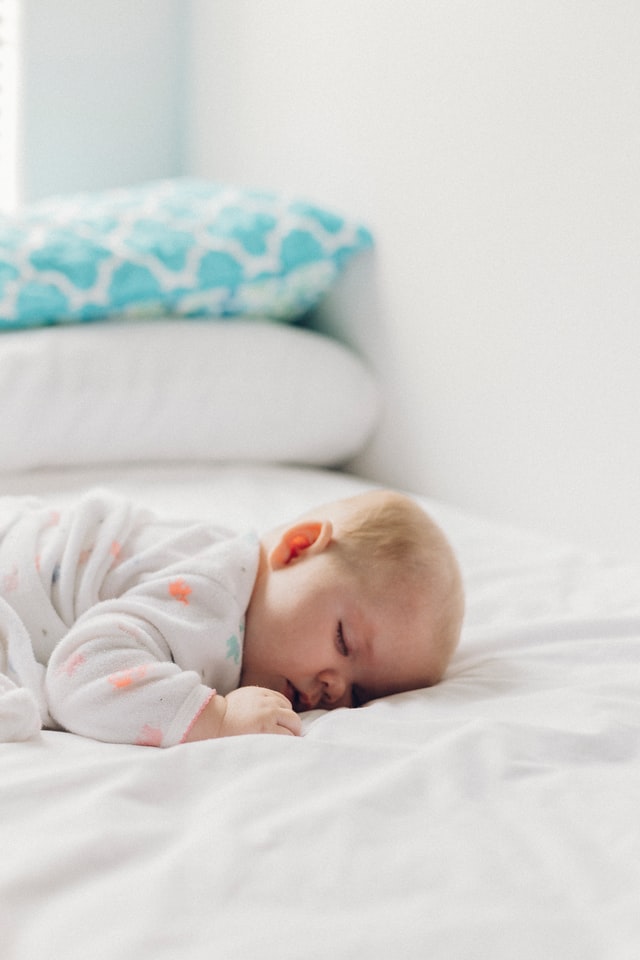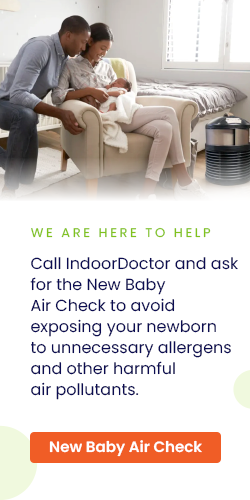10 Ways Your Baby’s Bedroom Air Quality Can be Improved
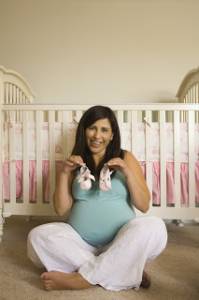
1. Only use No VOC and No Odor paints: Before you paint your baby’s bedroom that perfect shade, make sure the paint you’ve chosen does not contain volatile organic compounds (VOCs) or harmful odors. Such paints can off-gas for months, or even years, exposing your newborn to unnecessary chemicals that can lead to respiratory distress or other serious medical conditions.
2. Avoid thick pile carpeting: Carpeting harbors many environmental allergens, often increasing the air pollutants in confined spaces. These environmental allergens, such as molds and dust mites are often found in carpeting with thick pile (fiber) and can compromise the air your baby breathes. Avoiding carpeting all-together is the safest air quality option. Parents who insist on having carpeting in their baby’s bedroom should at least use a low pile carpet. Low pile are easier to clean and maintain. These parents should also schedule regular professional carpet cleaning and always request the extraction based method for most effective allergen removal.
3. Purchase natural, chemical-free furniture: New furniture may give off cancer-causing gases such as formaldehyde. Baby furniture, especially cribs, is notorious for high levels of this dangerous gas. To avoid this, parents should not purchase furniture that contains pressed woods or heavy lacquers.
Poor Indoor Air Quality Causes Headaches
4. Replace the window air conditioner or regularly change central air filters. If your window air conditioner is more than 3 years old, take a flashlight and peer into the vent and housing. It’s likely you’ll see progressed mold everywhere. Old air conditioners may release harmful mold spores, which in turn contaminate bedrooms. If you have central air conditioning or heating, you should also change the air filters and schedule a quality cleaning of the HVAC unit. Consider replacing older window air conditioners.
5. Control the humidity. Too much overall humidity, often caused by humidifiers, leads to unwanted bacteria, yeasts, and molds. Mount a hygrometer (purchased at any hardware store) on your nursery wall to measure the humidity; if the relative humidity in the room exceeds 60%, then reduce the amount of time you use your humidifier. Remember to fully clean and sanitize the humidifier at least every other day.
6. Use a HEPA filter vacuum: In order for a vacuum to have HEPA (high efficiency particulate air) credentials, it must filter and capture 99.7 % of physical matter below the 0.3 micron level. HEPA vacuums, then, remove the harmful, microscopic allergens that often result in respiratory illness. Miele brand vacuums are some of the best to control allergens and improve the overall air quality. Make sure, however, to change out the bag once it’s more than halfway filled. Use the correct floor attachment for optimal cleaning.
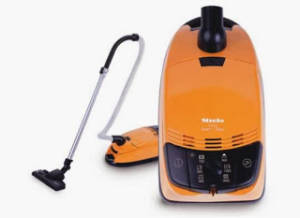
7. Avoid any remodeling prior to or after the birth of your baby: During renovations ultra-fine debris such as fiberglass, mold spores and even asbestos dust is released into the air, where it can stay for several weeks. These ultra-fine particles are much more dangerous than larger particles, as the lungs have difficulty filtering the microscopic airborne debris. Because infants’ and children’s’ lungs are still developing, they are most prone to serious infection and bronchial irritation.
8. Use a quality air purifier in the baby’s bedroom: There are an overwhelming number of air purifiers on the market, all claiming to increase the indoor air quality in a given room. We have found the two brands that work most efficiently and reliably are the Austin Air and IQAir products. You can read independent reviews at www.allergybuyersclub.com.
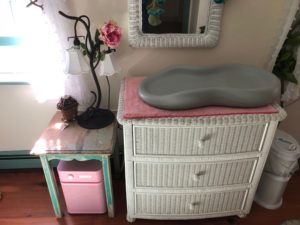
9. Clean the windowsills: Windowsills often absorb excess moisture, leading to fungal growth. The most typical mold found in this area of the bedroom is Cladosporium, which can become airborne easily and often leads to poor air quality in the room. Because babies are particularly sensitive to mold presence, parents should regularly clean nursery windowsills, making sure to remove excess debris to prevent the onset of Cladosporium.
10. Have your home’s indoor air quality tested: At IndoorDoctor we use state of the art equipment and only the best laboratories in the nation to assess your indoor conditions. You want the safest environment for your new baby and so do we. Contact us to schedule air quality evaluation and ask for the New Baby Air Check.


